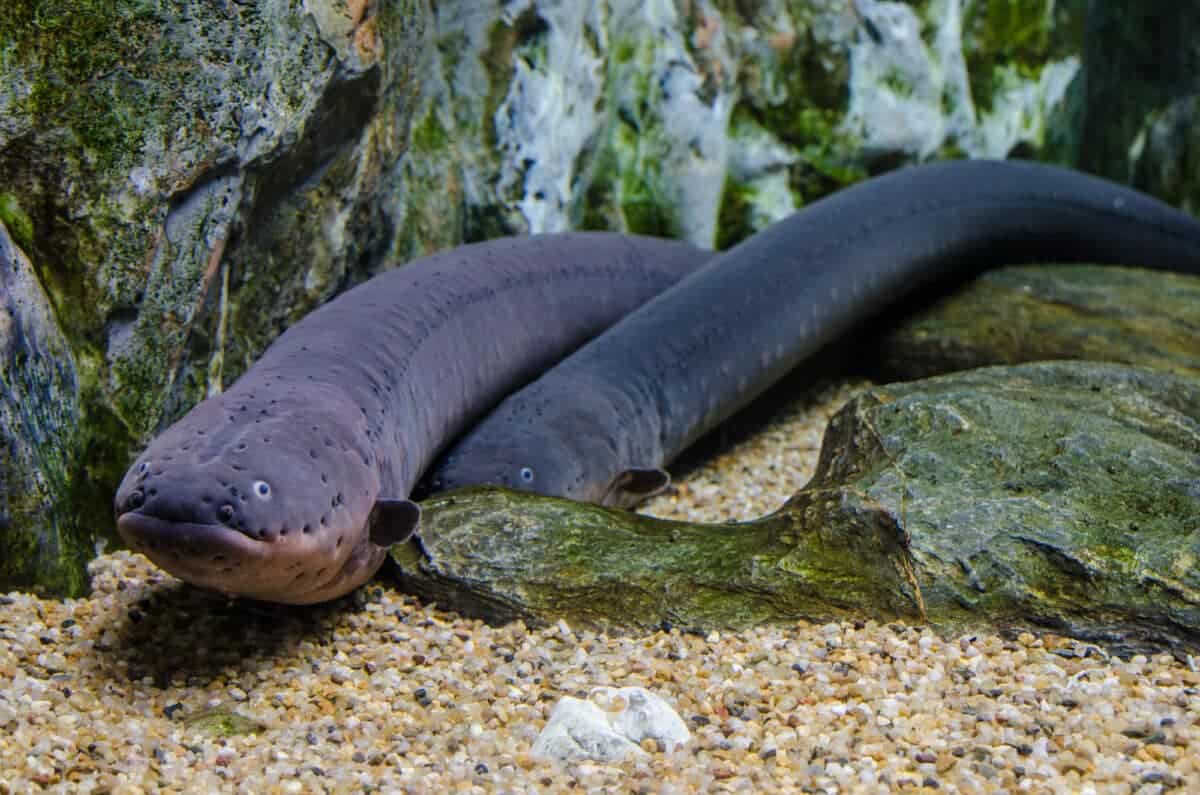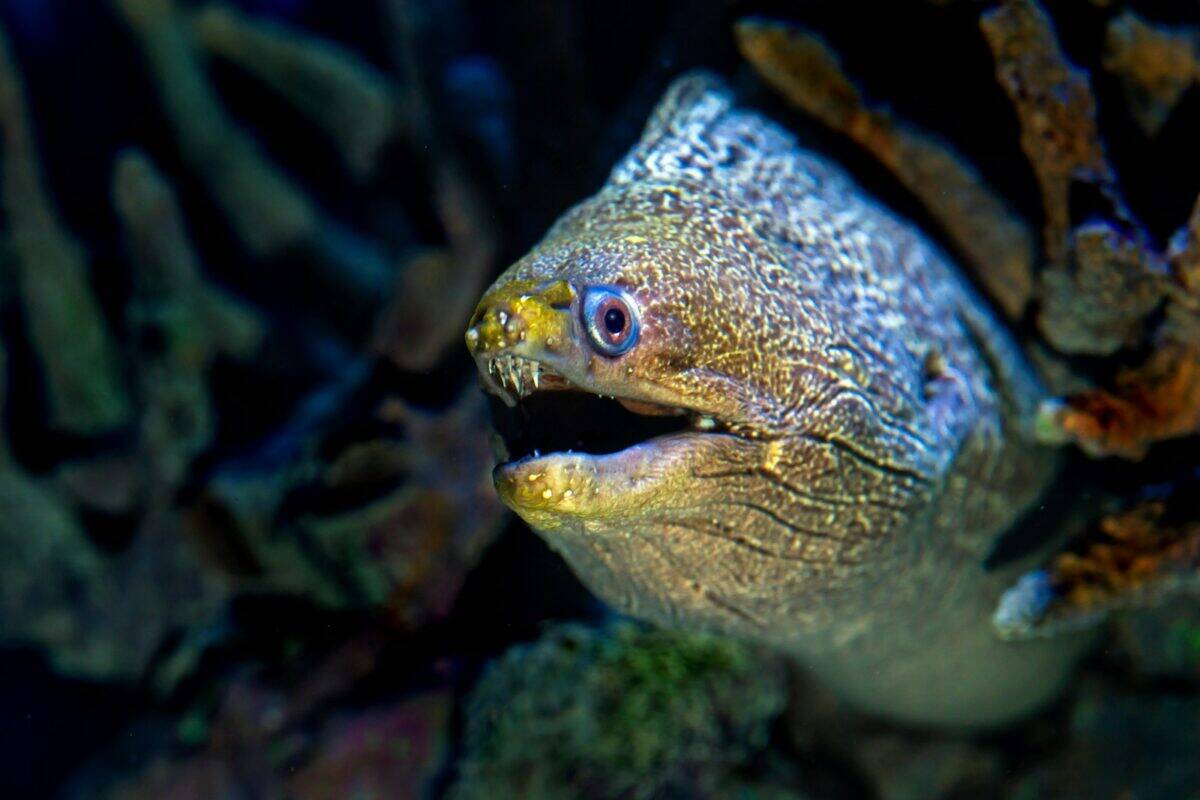The electric eel is a fascinating creature that has captured the imagination of people around the world, largely due to its incredible ability to produce electricity. This distinctive characteristic is not just a novelty but serves as a critical tool for survival in its natural habitat. Long the subject of scientific curiosity, the electric eel offers a brilliant case study in biology and physiology. This article embarks on an illuminating journey into the life of this electrifying animal, explaining how it generates powerful jolts and what makes it so special.
What Is an Electric Eel?

The electric eel, despite its name, is not an eel at all. It is a type of knifefish, closely related to catfish rather than true eels. Residing predominantly in the murky waters of the Amazon and Orinoco River basins in South America, the electric eel belongs to the genus *Electrophorus*. There are three species identified within this genus, with *Electrophorus electricus* being the most well-known. These remarkable fish can grow up to eight feet long and weigh around 44 pounds, making them sizable inhabitants of their freshwater environments.
The Mystery of Electric Organs

Electric eels have three unique pairs of abdominal organs that generate electricity: the main organ, the Hunter’s organ, and the Sachs’ organ. These organs comprise about 80% of the electric eel’s body and are stacked with thousands of specialized cells called electrocytes. Together, they form a battery-like structure that the electric eel uses to generate electric potential.
The Role of Electrocytes

Electrocytes are key to the electric eel’s ability to produce electricity. They function much like batteries by storing electric charges. When the eel wants to discharge electricity, its brain sends a signal to these cells, triggering them to shift ions across cell membranes. This action generates an electric current, allowing the eel to emit powerful jolts that can reach up to 600 volts. Amazingly, this is strong enough to stun prey or deter potential predators.
Mechanism of Generating Electrical Discharges
When stimulated, each electrocyte opens ion channels, permitting sodium ions to move in and potassium ions to move out. This creates an electrical dipole across the cell. Given that an electric eel has thousands of electrocytes aligned in series, the combined discharge is immense. The rapid communication between the cells ensures that they all discharge electricity almost simultaneously for a maximum impact.
The Functionality of Low and High Voltage

The electric eel employs different voltage discharges for varying purposes. Low-voltage emissions help navigate their dark, turbid environments through a method similar to echolocation, detecting nearby objects. On the other hand, high-voltage strikes are utilized for defense and incapacitating prey, offering a strategy that requires no physical contact.
The Extraordinary Power of Electric Jolts

Electric eels use their electric pulses to control fish movements, especially when hunting. High-voltage pulses compel hidden prey to twitch, revealing their location. This remarkable use of electric fields demonstrates the electric eel’s adaptation to its environment and its evolution as a specialized predator in its ecosystem.
Adaptations for Electricity Generation

Electric eels exhibit several adaptations that support their unique lifestyle. They breathe air every 10 minutes using highly vascularized mouth linings, allowing them to thrive in oxygen-poor waters. Their specialized sense organs can detect electrical fields in the water, providing a type of “sixth sense” that is crucial for their predatory strategy.
Scientific Research on Electricity

Biologists and physicists have long been intrigued by the mechanisms of electricity generation in electric eels. Research endeavors aim at understanding the evolutionary development of electrocytes. This not only enhances biological knowledge but has given scientific breakthroughs in bio-battery and bio-inspired electric systems that could revolutionize renewable energy sources.
Electricity’s Role in Communication and Navigation

Besides hunting and defense, electric eels utilize electric signals for communication. This is essential during mating and territory demarcation, as electrocommunication provides an effective means of non-verbal interaction between individuals. Their low-voltage electric fields help navigate their challenging environments, mapping out areas, and avoiding obstacles or predators.
Implications for Human Technology

The electric eel’s biophysical principles have inspired a range of technological innovations. Bioengineers explore how the eel’s natural power generation might inform sustainable human technologies, including non-toxic, biodegradable batteries and electric devices that mimic biological energy storage and conversion processes.
The Evolutionary History of Electric Eels

The evolution of electric eels provides insight into adaptive selection within extreme environments. Their ancestors likely developed electric organs as a navigational tool, later evolving these organs to accommodate other survival advantages such as hunting and defense, indicating a fascinating trajectory from benign electrolocation towards potent bio-electric weaponry.
Relevance to Ecosystem Health

Electric eels are integral to the ecological balance in their native river systems, performing roles as both predator and prey. Their presence indicates healthy ecosystems and biodiversity. Understanding the habits and roles of such species empowers conservation efforts and maintains the integrity of aquatic habitats.
In conclusion, the electric eel is not only a marvel of evolution but also an essential part of its ecosystem. Its ability to generate powerful electric jolts is not merely a curious biological phenomenon but a vital adaptation for survival. With the potential to inspire technological innovations, the mysteries of the electric eel continue to stimulate scientific exploration and admiration. By appreciating the complexities of such creatures, we deepen our understanding of nature’s impressive ingenuity.
- The Coldest Town in America—And How People Survive There - August 9, 2025
- How Some Birds “Steal” Parenting Duties From Others - August 9, 2025
- 12 Deep-Sea Creatures You Won’t Believe Exist - August 9, 2025

